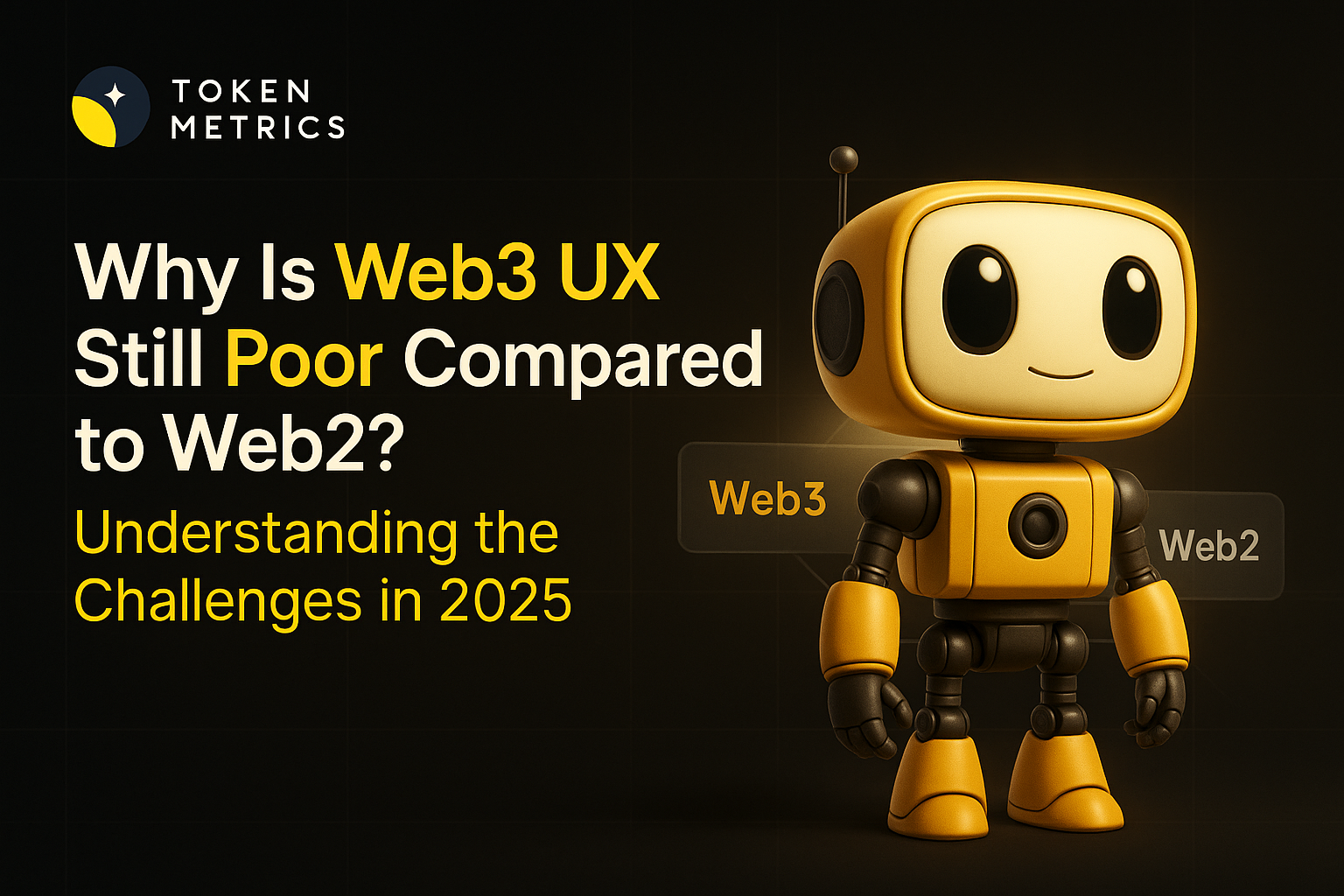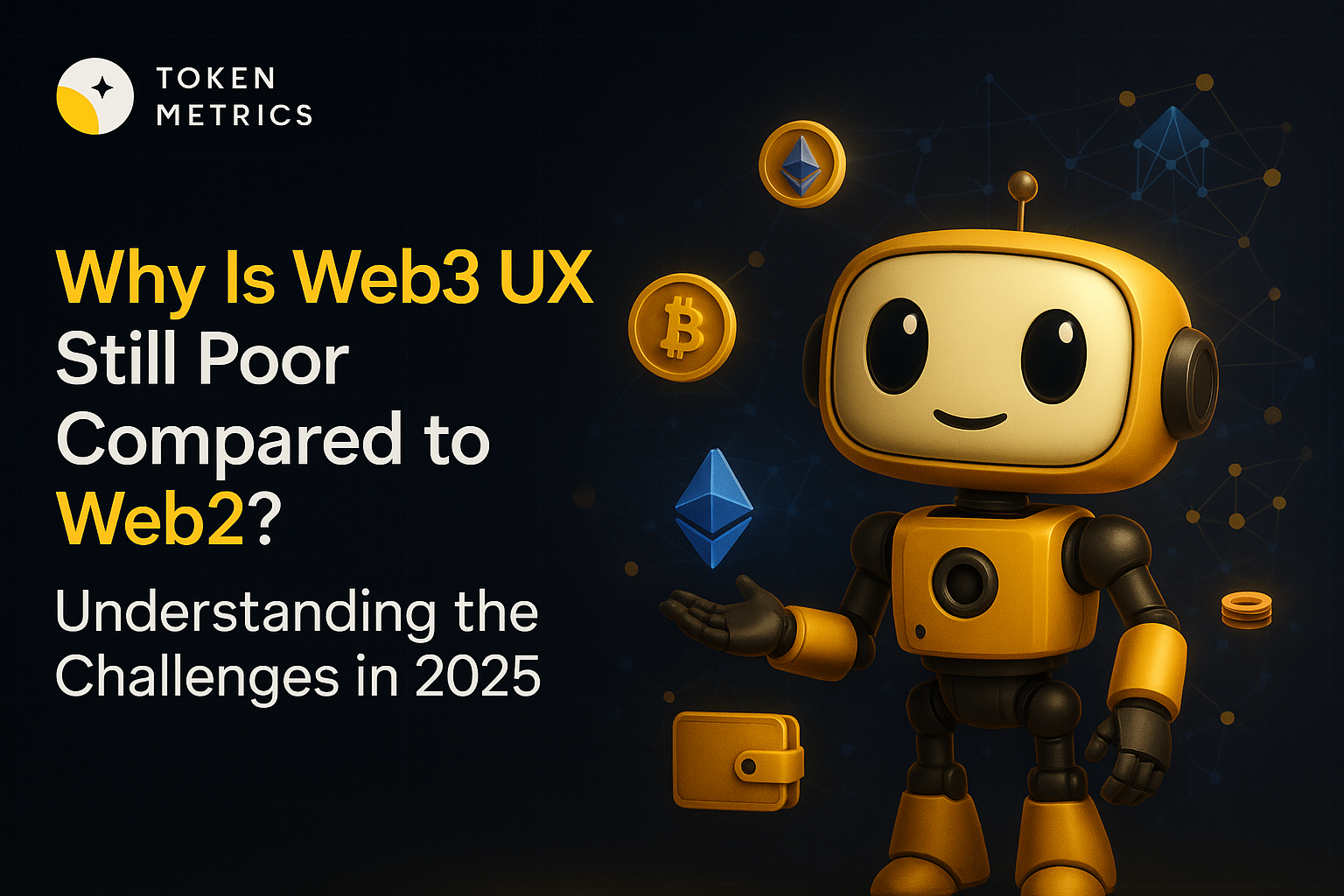
Proof of Work vs Proof of Stake - Key Differences and Similarities

When delving into the fascinating world of cryptocurrencies, two key concepts often come into the discussion: Proof of Work (PoW) and Proof of Stake (PoS).
These are consensus algorithms, which are critical to understand because they drive the functionality and security of many cryptocurrencies. But what are the similarities and differences between the two?
This comprehensive guide aims to give you a detailed understanding of PoW and PoS, key differences, similarities, benefits, drawbacks, and their impact on the cryptocurrency landscape.
PoW and PoS Overview
Let’s understand Proof of Work and Proof of Stake by shedding light on their fundamental principles and highlighting their significance in the world of decentralized systems.
What is Proof of Work (PoW)?
Proof of Work is a consensus algorithm that was first introduced by Bitcoin, the original cryptocurrency.
In PoW, miners compete to solve complex mathematical puzzles, with the first one to solve the puzzle being awarded the right to add a new block to the blockchain.
This process, known as mining, is resource-intensive and requires considerable computational power and energy.
What is Proof of Stake (PoS)?
Proof of Stake, on the other hand, is a newer consensus algorithm that addresses some of the limitations of PoW.
In a PoS system, the creator of a new block is chosen in a deterministic way, based on their 'stake' or wealth in the cryptocurrency.
In essence, those with more coins have a higher chance of being selected to add the next block. PoS consumes less energy and is often seen as a greener alternative to PoW.
Proof of Work vs Proof of Stake - Key Differences
Energy Consumption - The most significant difference between PoW and PoS is their energy consumption.
PoW requires significant computational resources to solve the complex mathematical puzzles, resulting in high energy consumption. Bitcoin, the most popular PoW cryptocurrency, has been criticized for its carbon footprint.
On the contrary, PoS systems don't require energy-intensive calculations, making them more environmentally friendly. They depend on the stakeholder's proportion of coins, not their ability to solve puzzles.
Security - In a PoW system, launching a 51% attack (gaining control of more than half of the network's mining power) is costly due to the requirement for high computational power. Hence, it provides robust security.
In a PoS system, executing a 51% attack means owning 51% of all the coins, which is financially impractical in most cases.
However, it might be vulnerable to "nothing-at-stake" attacks, where validators could vote for multiple blockchain histories without consequences.
Reward System - In PoW, miners are rewarded with new coins (block reward) and transaction fees for their effort in solving the puzzle.
In PoS, validators aren't rewarded with new coins but receive the transaction fees as their incentive. This difference leads to lower inflation in PoS-based cryptocurrencies.
Proof of Work and Proof of Stake - Similarities
Despite their differences, PoW and PoS share some common characteristics:
Blockchain Integrity - Both PoW and PoS are designed to maintain blockchain integrity. They ensure that all transactions are verified and added to the blockchain in a way that prevents double-spending and maintains the decentralized nature of the system.
Role in Cryptocurrencies - PoW and PoS are integral to the functioning of cryptocurrencies. They are used in the creation of new blocks and the validation of transactions, contributing to the overall operation of a cryptocurrency.
Pros and Cons
These are the pros and cons of proof of work and proof of stake.

The Impact of PoW and PoS on the Crypto Landscape
As the original consensus algorithm, PoW has contributed to the decentralization and security that are synonymous with cryptocurrencies.
It is used by many major cryptocurrencies, including Bitcoin and Ethereum (though Ethereum is transitioning to PoS). PoS, though newer, has gained popularity due to its energy efficiency and lower entry barriers.
It's favored by newer cryptocurrencies like Polkadot and Cardano, and Ethereum 2.0 will also be adopting this consensus algorithm. The choice between PoW and PoS depends largely on the priorities of the cryptocurrency.
If the emphasis is on maximum security and decentralization, PoW could be the better option. If energy efficiency and scalability are prioritized, PoS may be preferred.
PoW or PoS - Future Outlook
Looking ahead, both Proof of Work (PoW) and Proof of Stake (PoS) will continue to have a significant impact on the future of cryptocurrencies.
With PoW, we'll likely see further development of technologies aimed at making mining more energy-efficient. It's expected that the ongoing debate over PoW's environmental impact will drive innovation in 'green' mining solutions.
PoS, on the other hand, has a bright future, especially as it has become the go-to choice for newer cryptocurrencies seeking to address environmental and scalability issues.
The eagerly anticipated upgrade of Ethereum to Ethereum 2.0, which involves transitioning from PoW to PoS, is an indicator of a growing trend towards stake-based systems.
However, the evolution of the crypto industry doesn't stop here. There is a rise in innovative consensus algorithms like Proof of Authority (PoA), Proof of Capacity (PoC), and Delegated Proof of Stake (DPoS), which offer alternative approaches to achieving consensus and maintaining network security.
Frequently Asked Questions
Q1. What is a consensus algorithm in the context of cryptocurrency?
A consensus algorithm is a method used in blockchain networks to achieve agreement, or consensus, about the state of the blockchain data among all network nodes. It ensures all transactions are valid and prevents double-spending.
Q2. Why is Proof of Work criticized for its environmental impact?
Proof of Work (PoW) requires miners to use powerful computers to solve complex mathematical problems, which consume a significant amount of electricity.
This high energy consumption and the associated carbon footprint have led to environmental concerns.
Q3. Why is Proof of Stake considered more energy-efficient than Proof of Work?
In Proof of Stake (PoS), the creation of a new block is based on the stake or wealth of a user in the cryptocurrency, rather than on solving a mathematical puzzle as in PoW. This process requires less computational power, making PoS more energy-efficient.
Q4. What is a 51% attack, and how do PoW and PoS protect against it?
A 51% attack occurs when a single entity gains control of more than half of the computational power in a PoW network or the total amount of cryptocurrency in a PoS network.
In PoW, achieving this control is often expensive and impractical, making it secure. In PoS, owning 51% of the cryptocurrency is also financially impractical, providing protection against such attacks.
Q5. What are some popular cryptocurrencies that use PoW?
Bitcoin and Ethereum (currently transitioning to PoS with Ethereum 2.0) are the most well-known cryptocurrencies that use PoW.
Q6. What are some popular cryptocurrencies that use PoS?
Cardano, Polkadot, and Binance Coin are examples of popular PoS-based cryptocurrencies. Ethereum 2.0 will also use PoS once fully launched.
Q7. What is Ethereum 2.0, and why is it transitioning from PoW to PoS?
Ethereum 2.0 is an upgrade to the Ethereum network. It's transitioning from PoW to PoS to address scalability and environmental concerns associated with PoW.
The PoS model in Ethereum 2.0 is also expected to provide better security and economic incentives for participants.
Q8. Are there other consensus mechanisms besides PoW and PoS?
Yes, there are many other consensus mechanisms, such as Delegated Proof of Stake (DPoS), Proof of Authority (PoA), and Proof of Capacity (PoC), each having its own strengths and weaknesses and being suitable for different use-cases.
Q9. Which is better, Proof of Stake or Proof of Work?
Whether PoS or PoW is better depends on the specific goals of a blockchain. PoW offers proven security but requires substantial energy. PoS is more energy-efficient and scalable, but it's less tested.
Q10. Why is Proof of Work considered safer than Proof of Stake?
PoW's safety comes from its extensive testing, especially with Bitcoin. It discourages attacks due to the high computational costs. PoS is less tested and critics argue it could lead to a concentration of wealth and power.
Conclusion
In the dynamic landscape of cryptocurrencies, both Proof of Work and Proof of Stake play pivotal roles. While they have their respective pros and cons, their end goal is the same: maintaining the integrity and security of the blockchain.
As we move forward, it's plausible to see more innovative consensus mechanisms that further refine these principles, addressing both the environmental concerns of PoW and potential security vulnerabilities in PoS.
By understanding the differences and similarities between PoW and PoS, you're now equipped with the knowledge to make informed decisions in your cryptocurrency journey.
Whether you choose to invest in a PoW or PoS-based crypto asset, remember that it’s essential to research and understand the underlying technology and principles.
Disclaimer
The information provided on this website does not constitute investment advice, financial advice, trading advice, or any other sort of advice and you should not treat any of the website's content as such.
Token Metrics does not recommend that any cryptocurrency should be bought, sold, or held by you. Do conduct your own due diligence and consult your financial advisor before making any investment decisions.

.svg)

Create Your Free Token Metrics Account

.png)




%201.svg)
%201.svg)


%201.svg)









.svg)




.png)